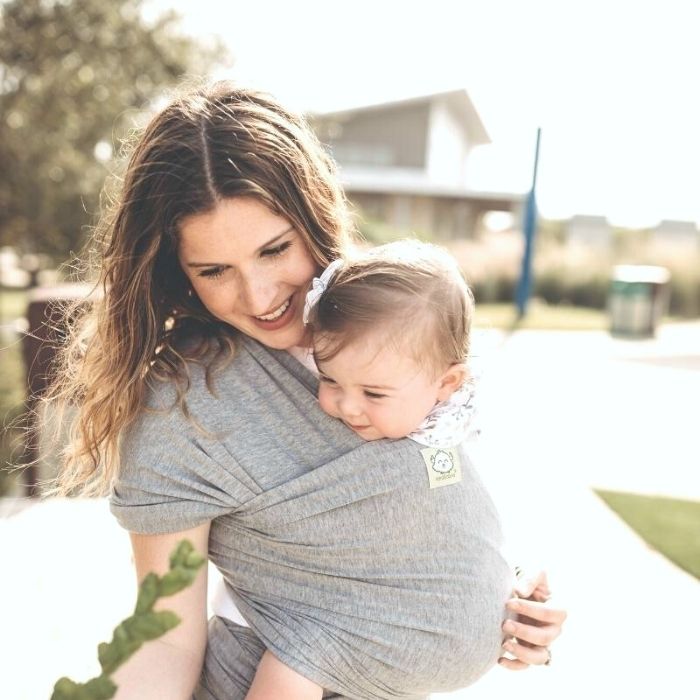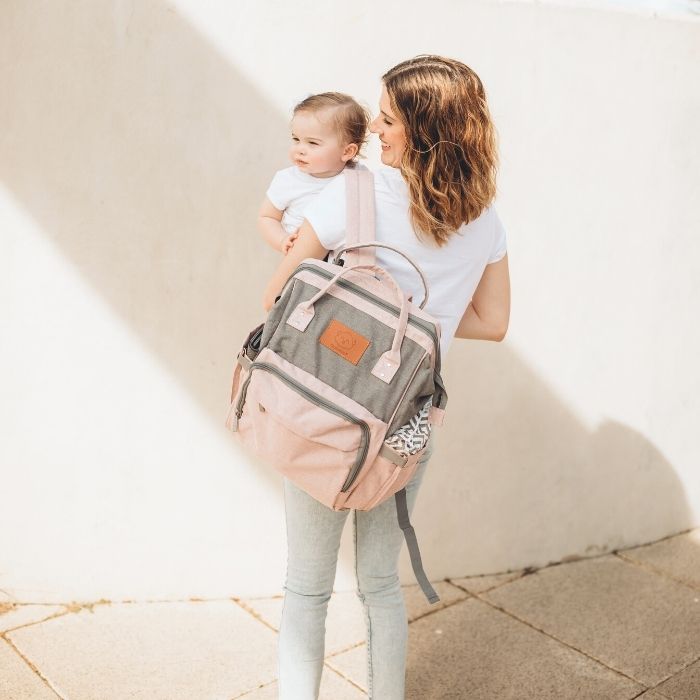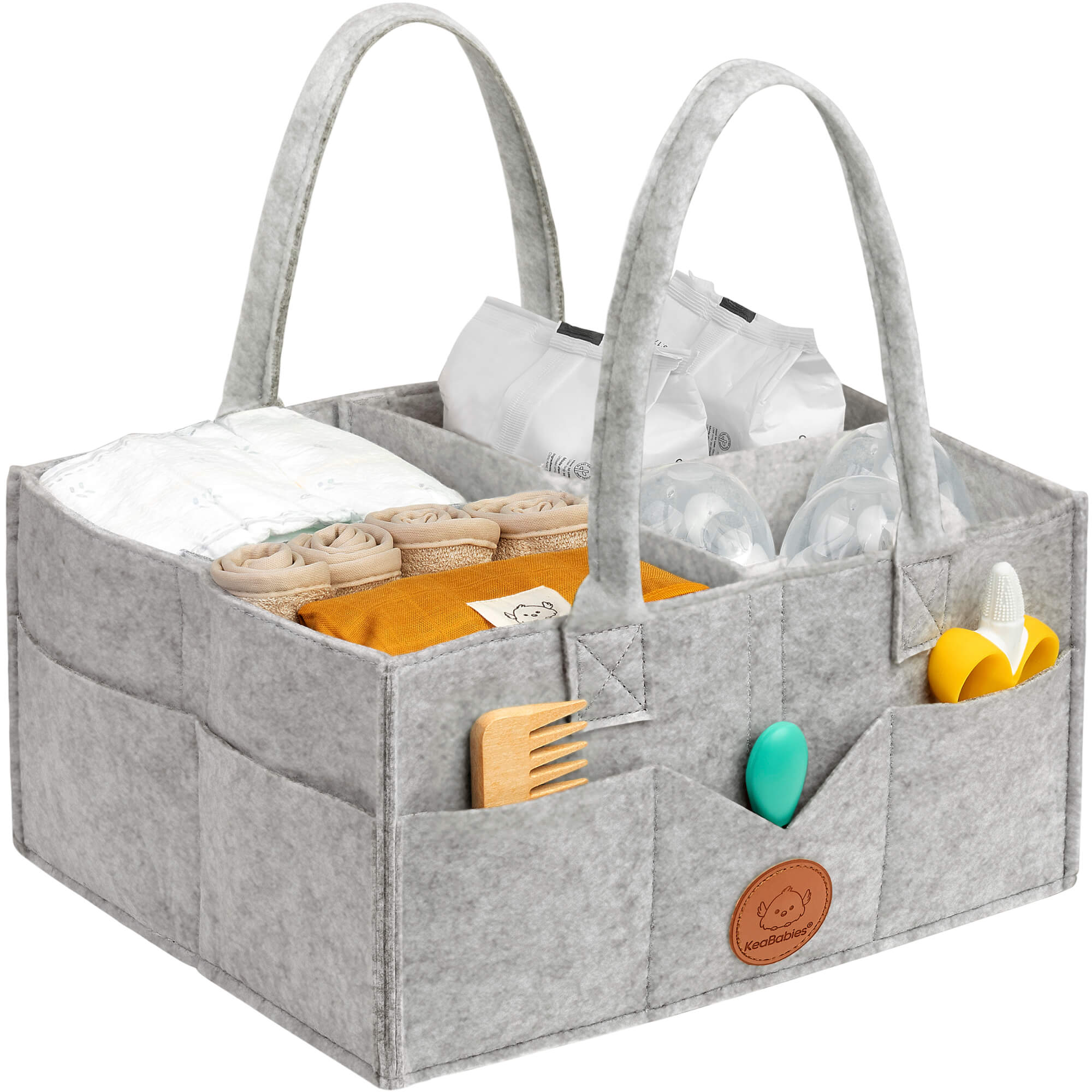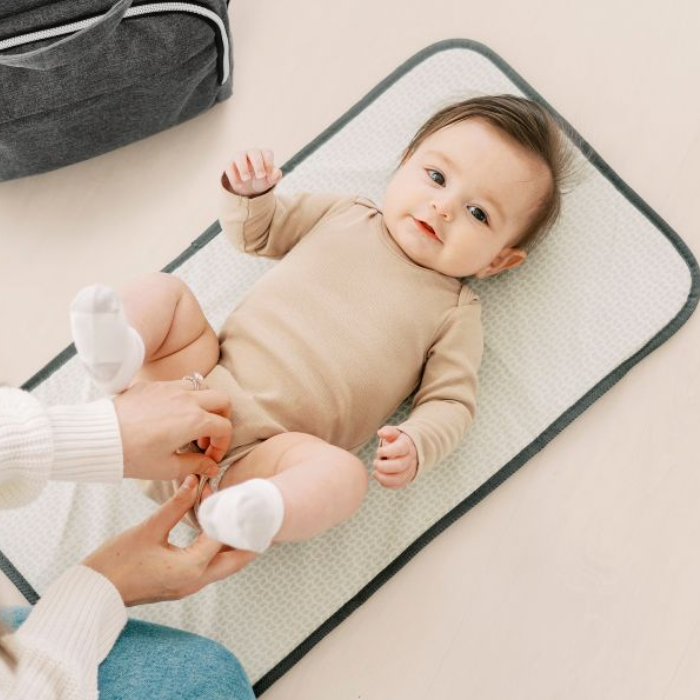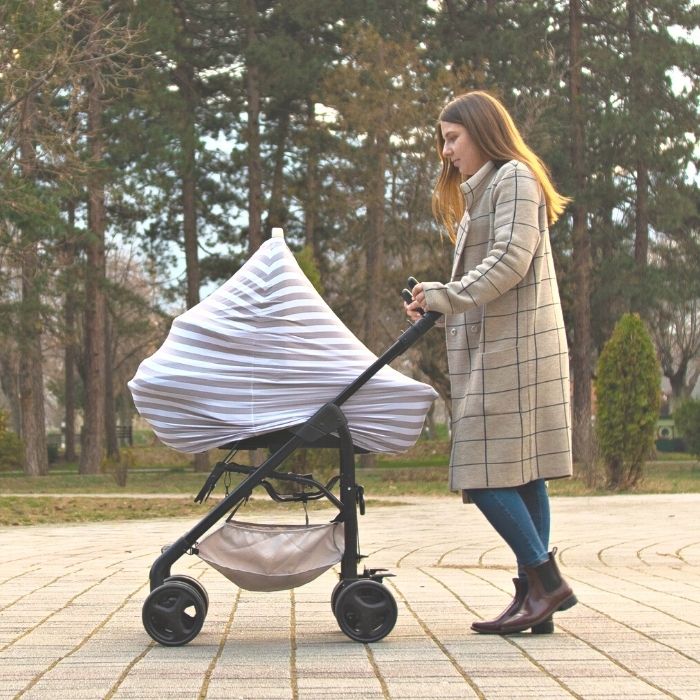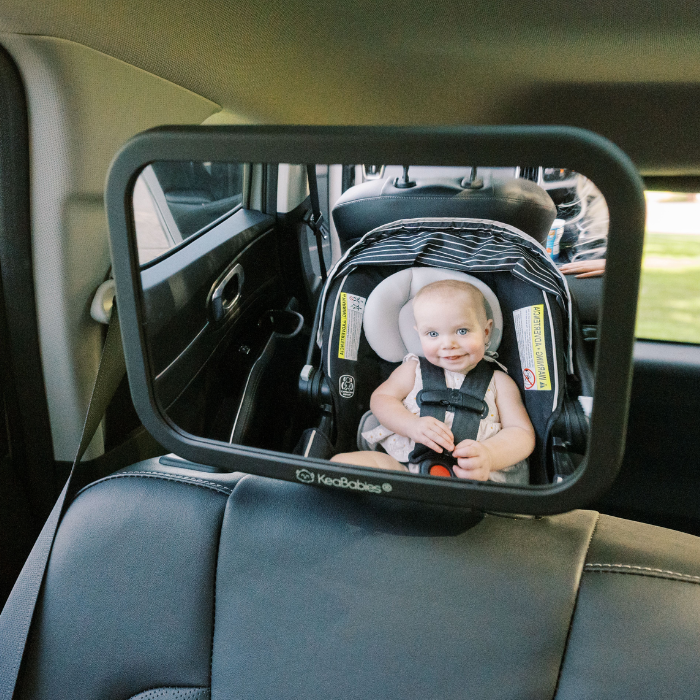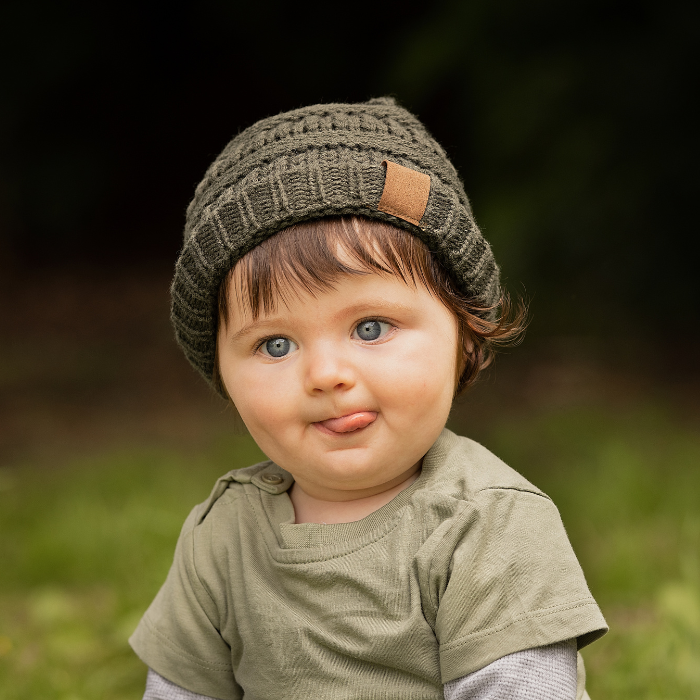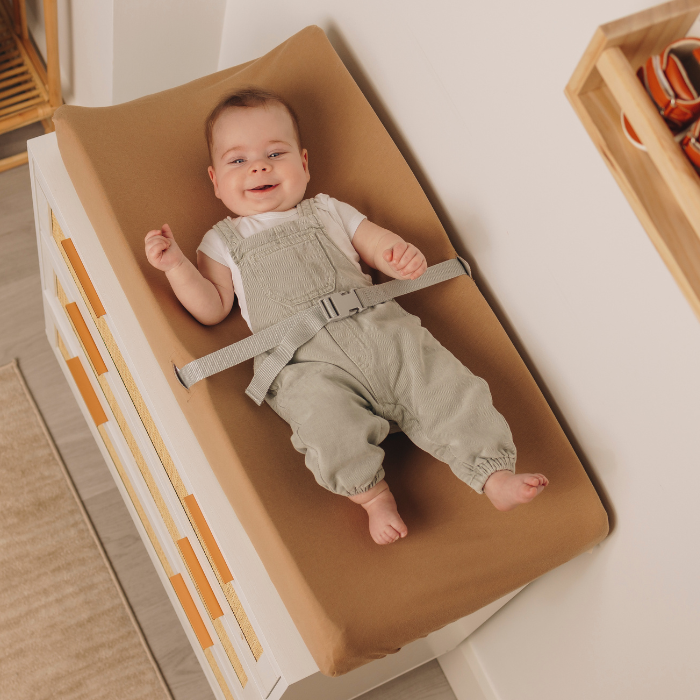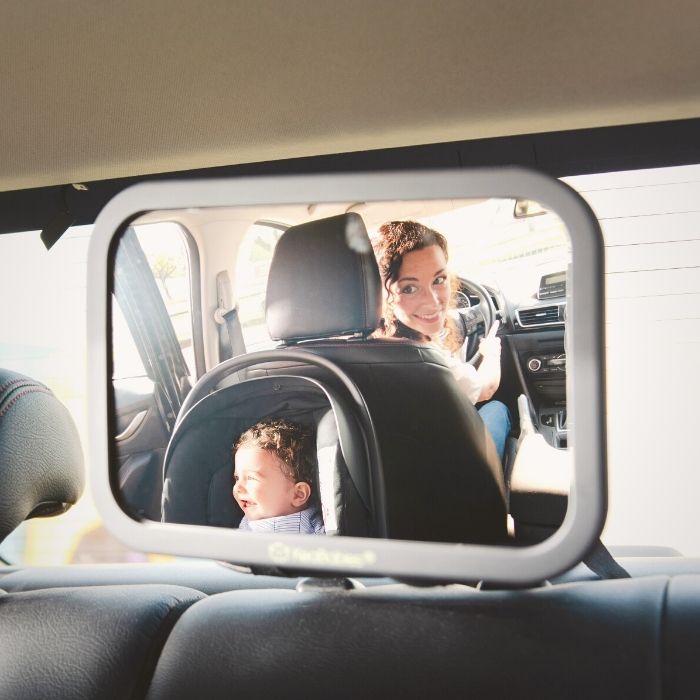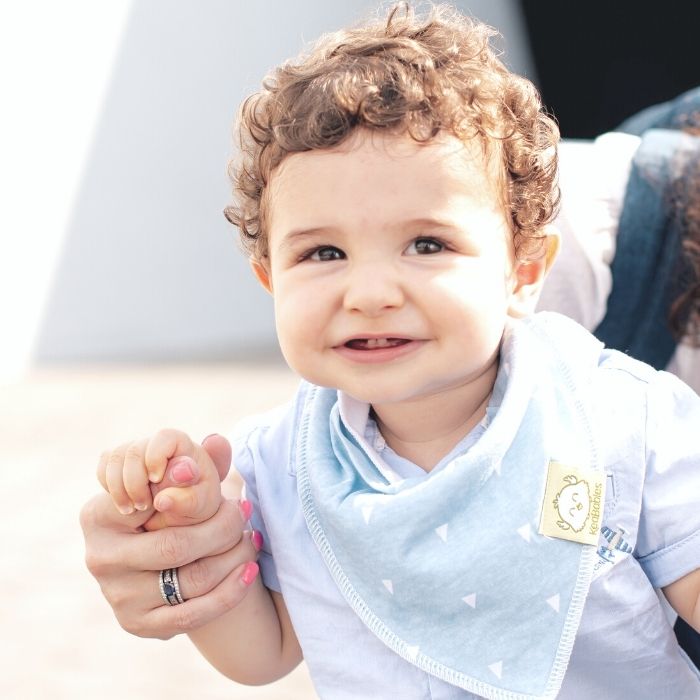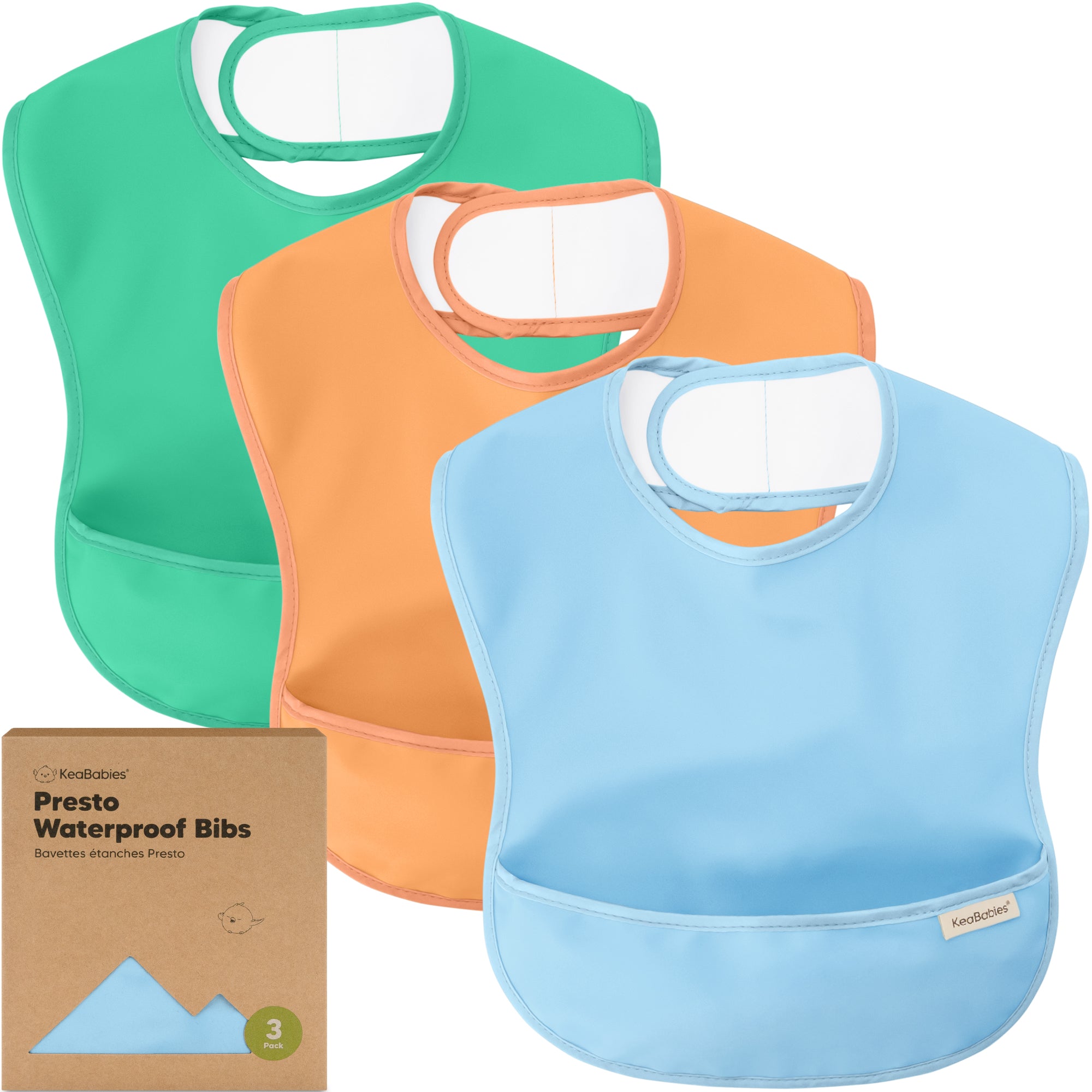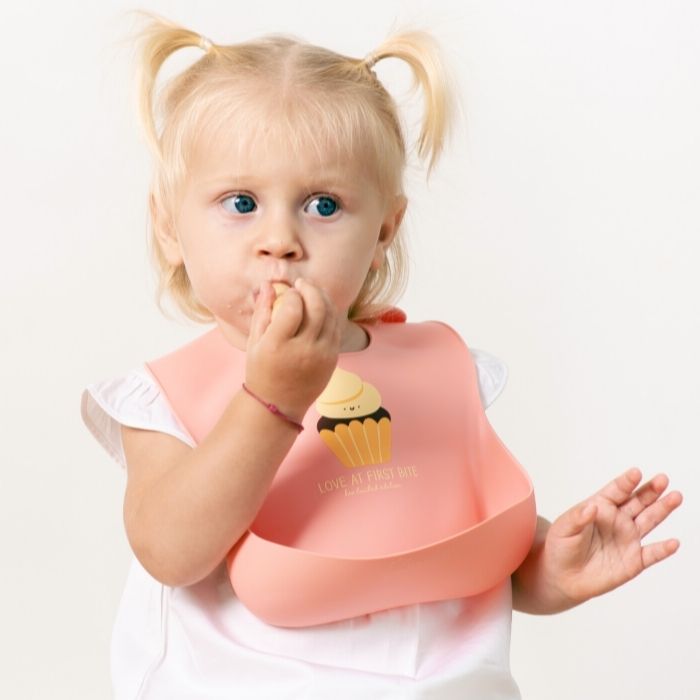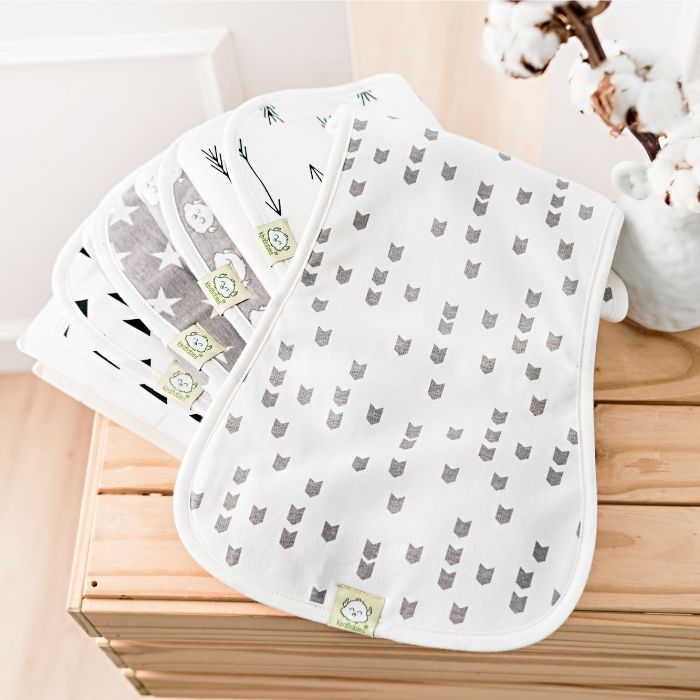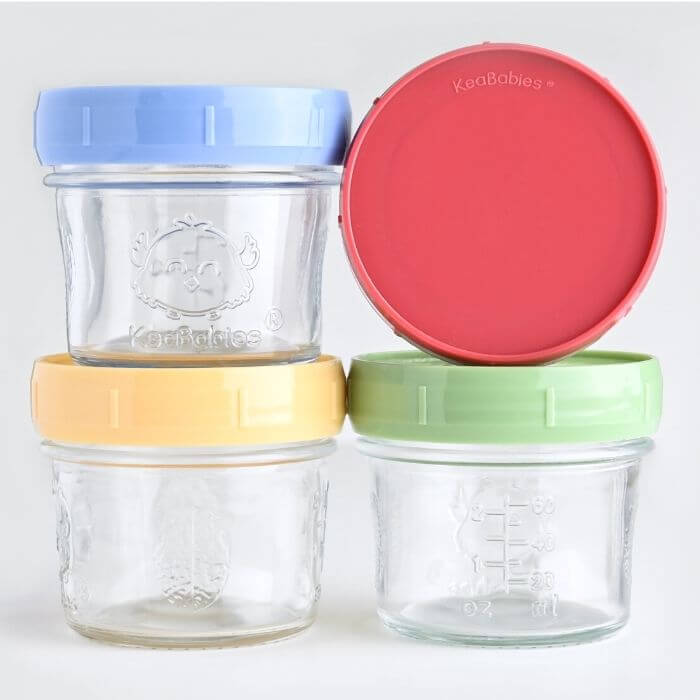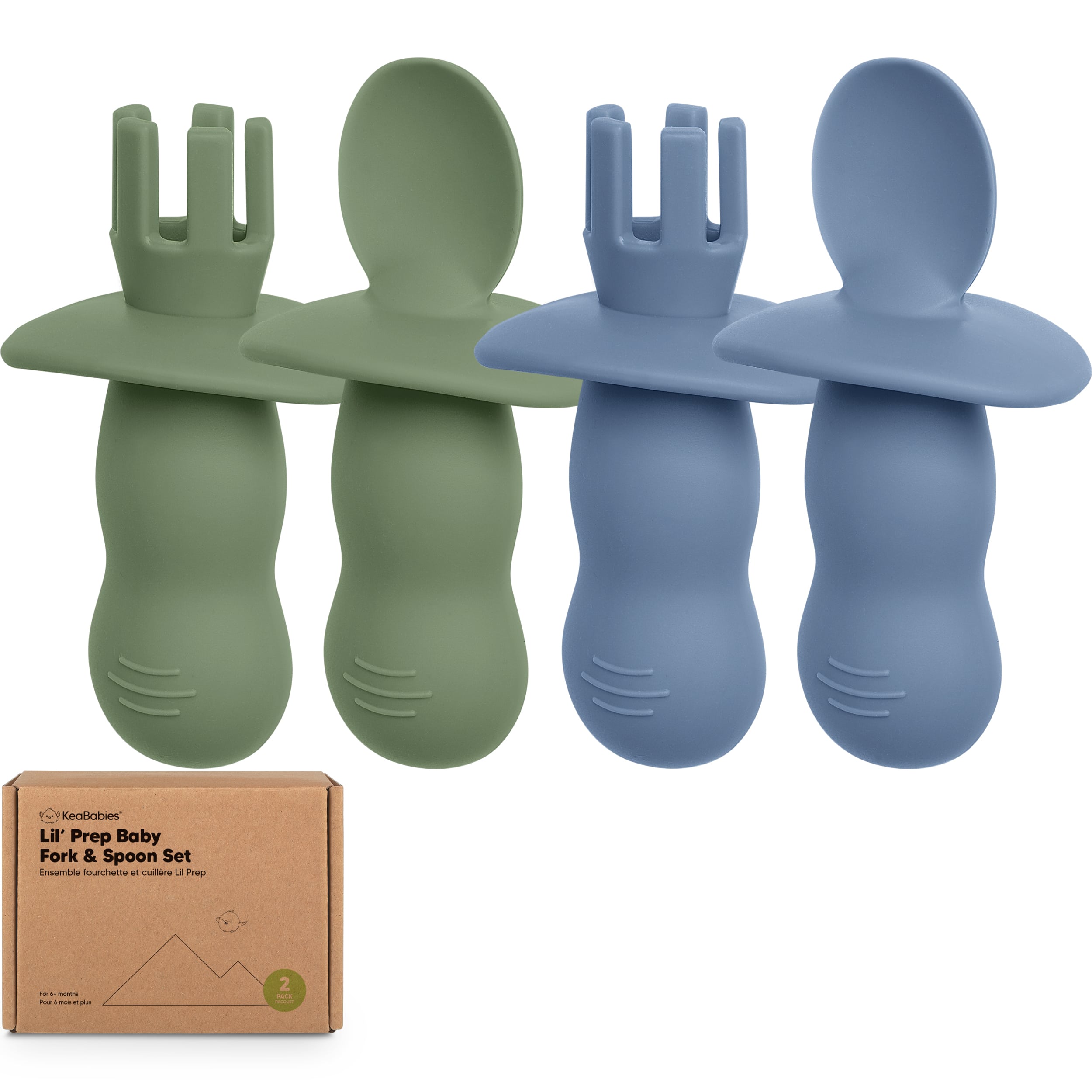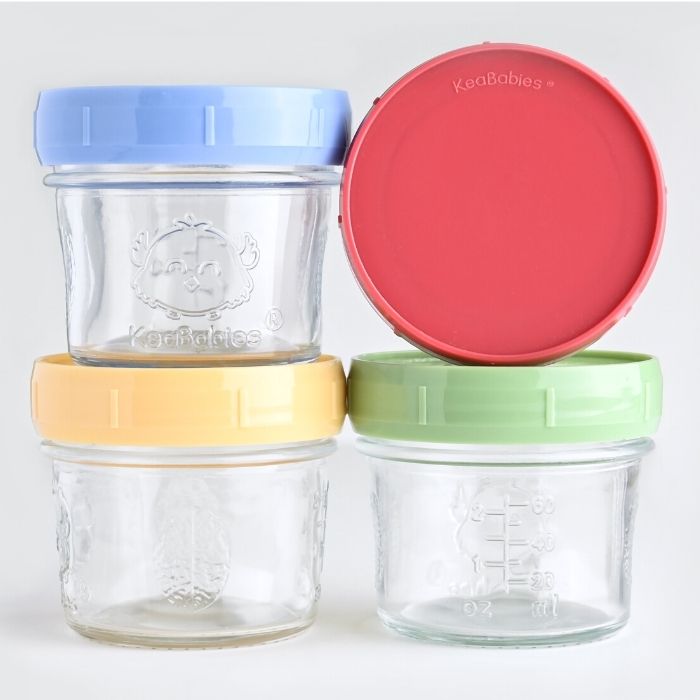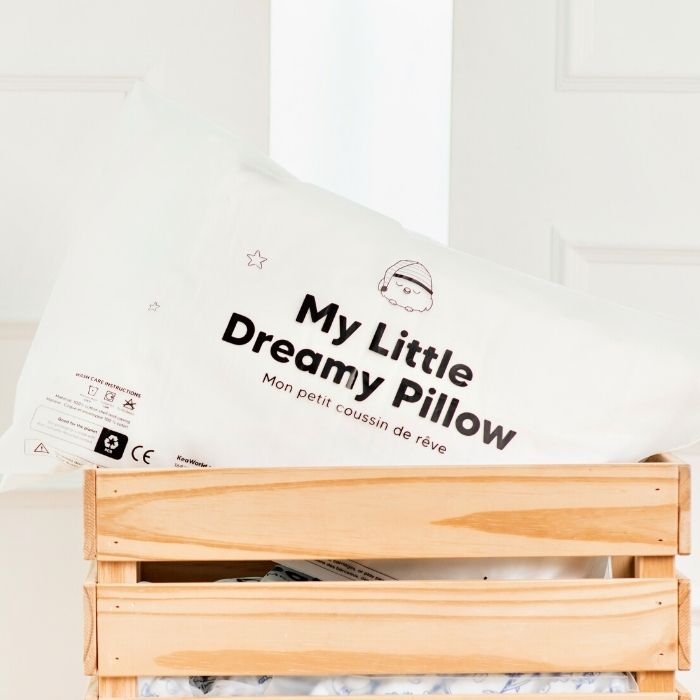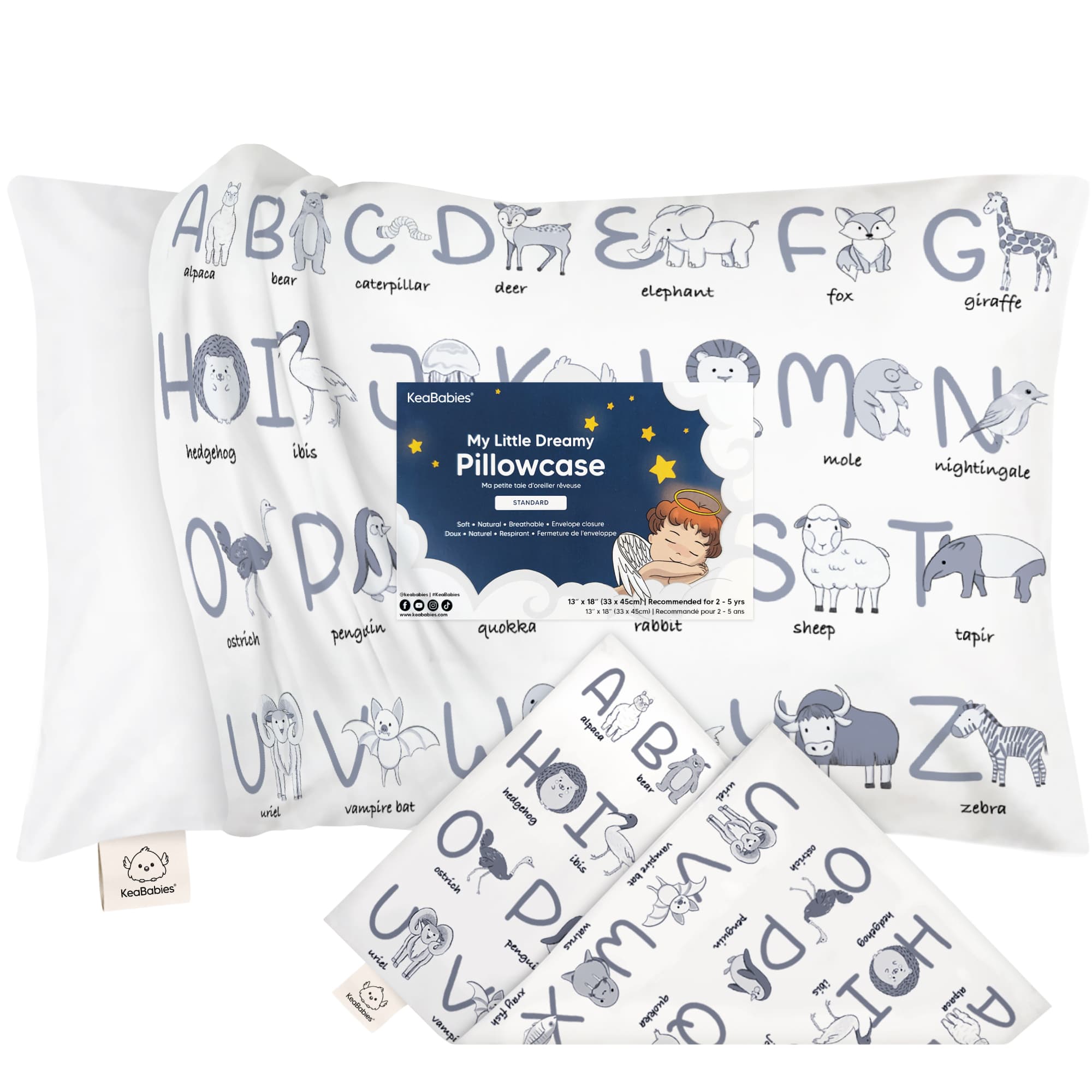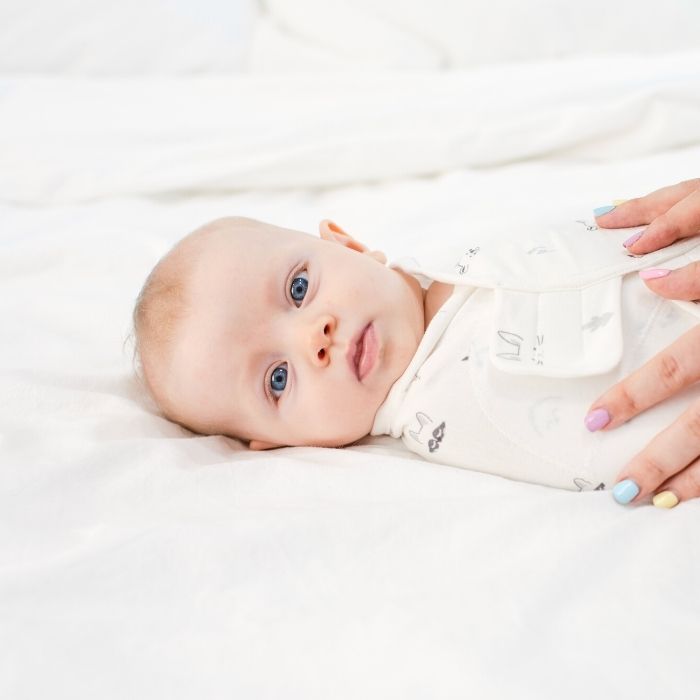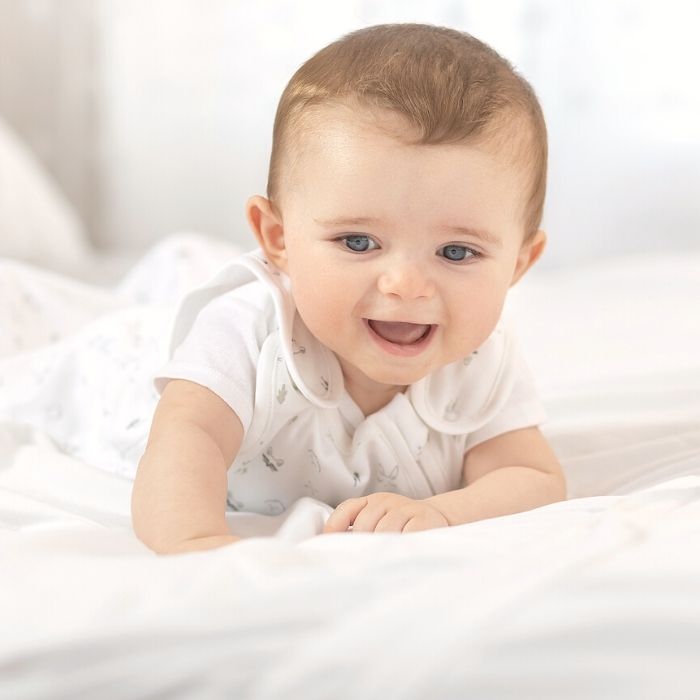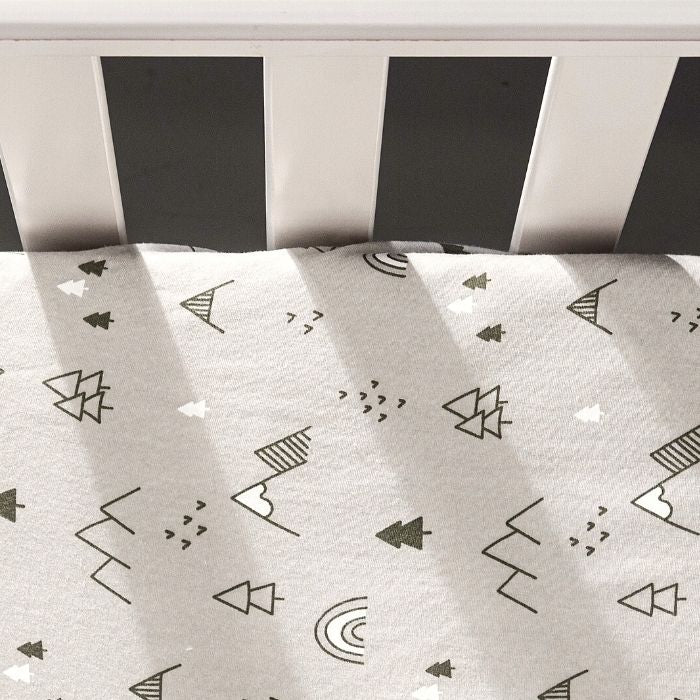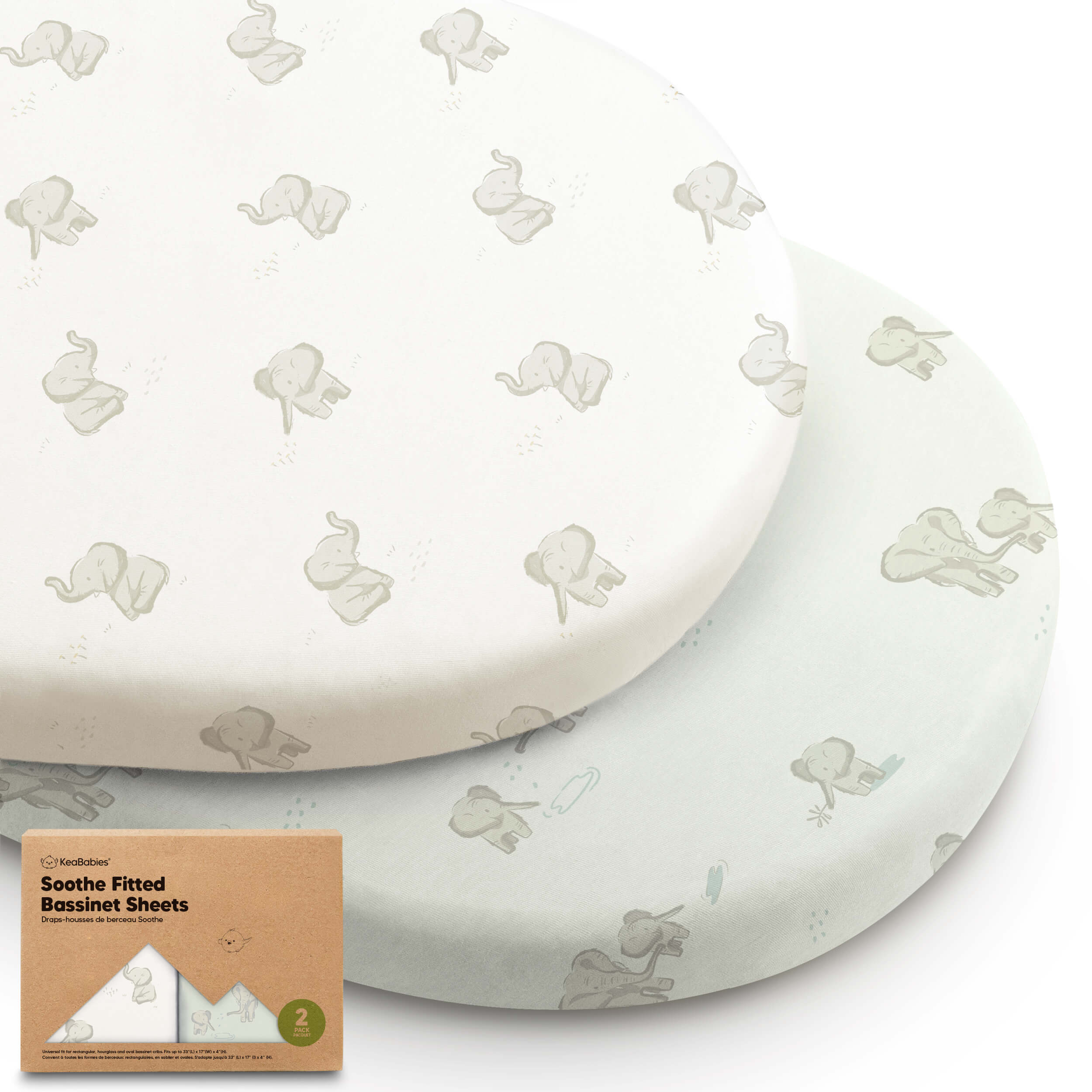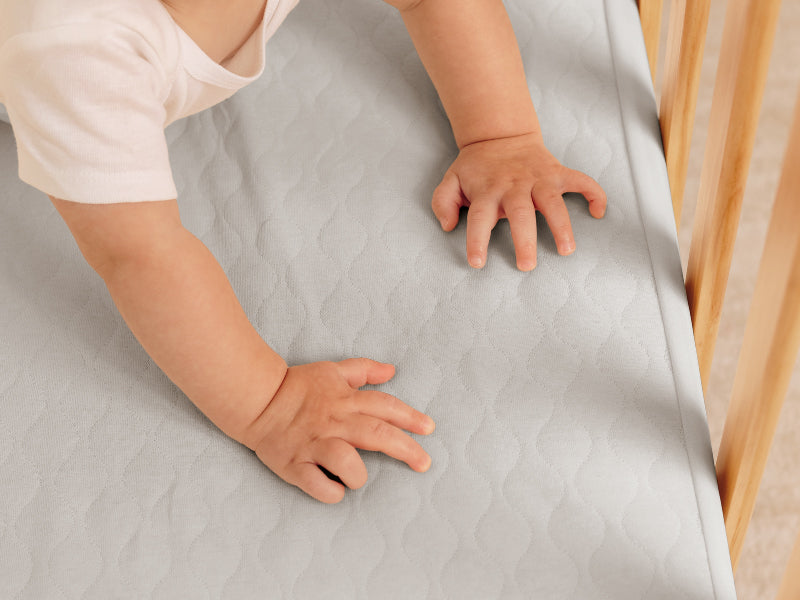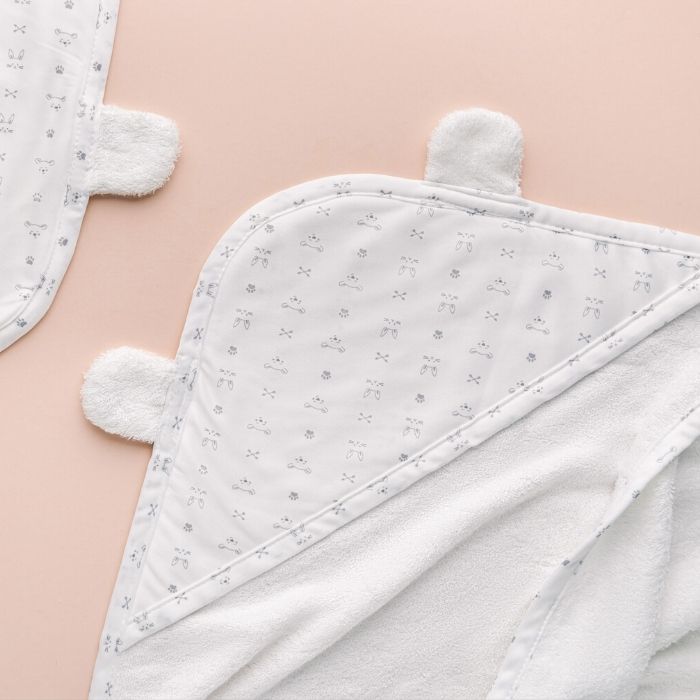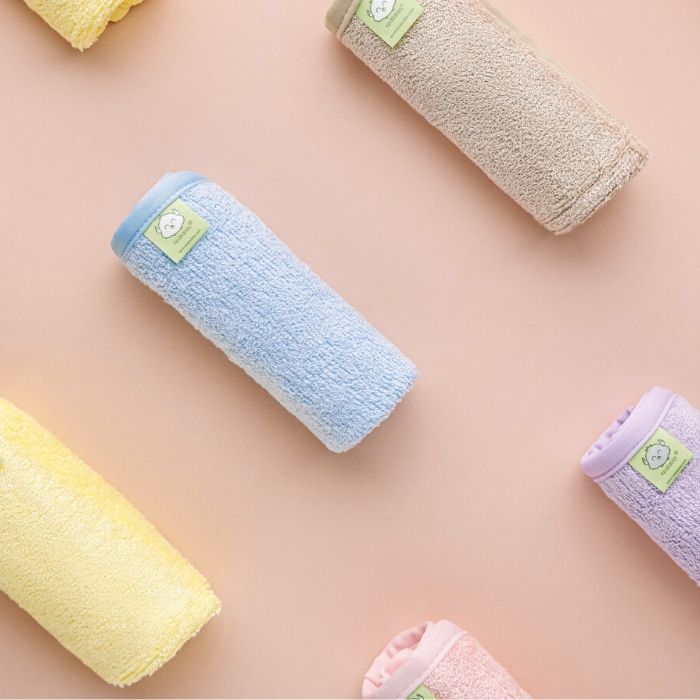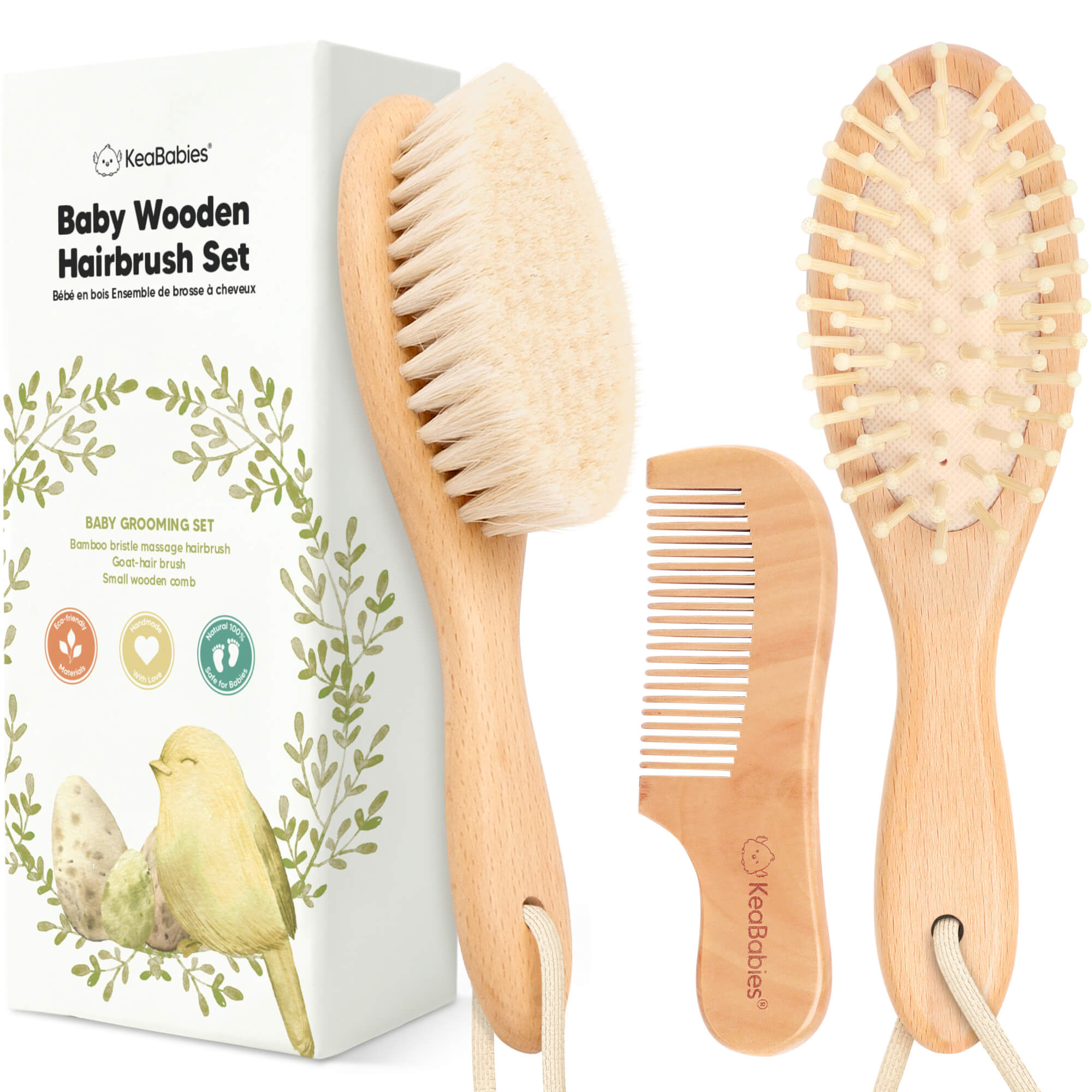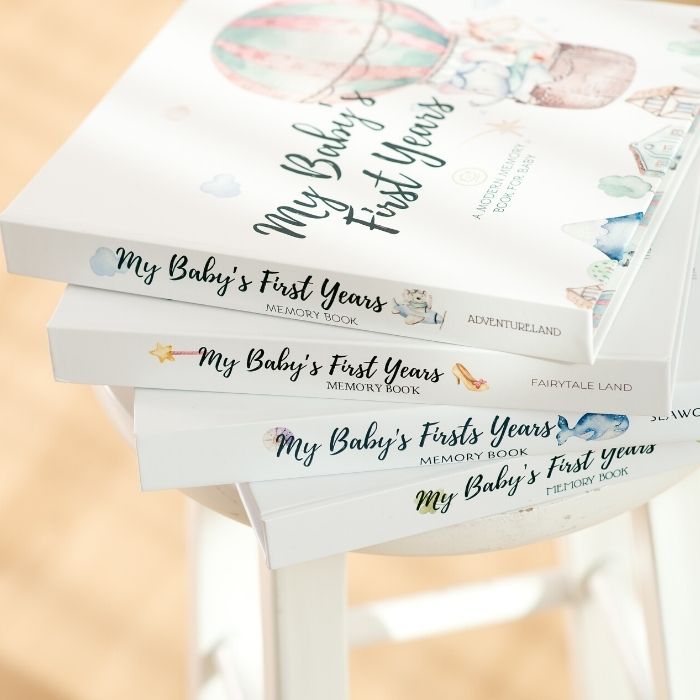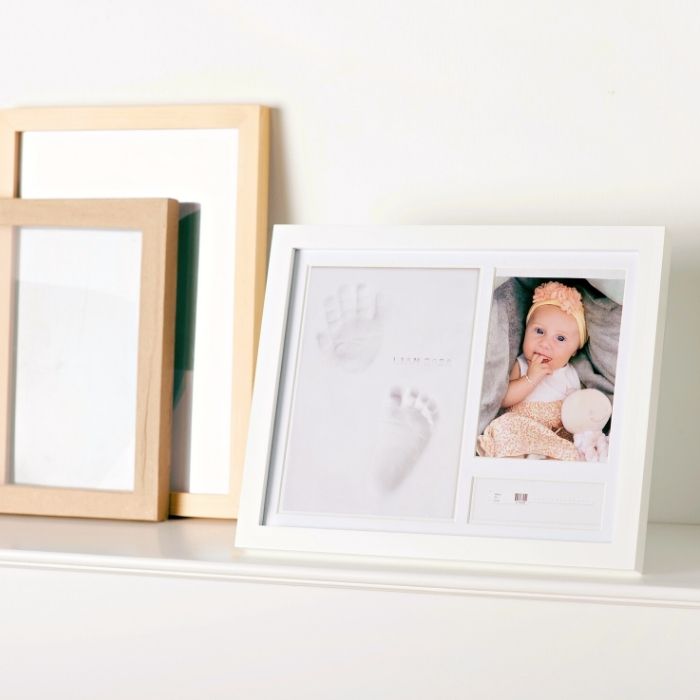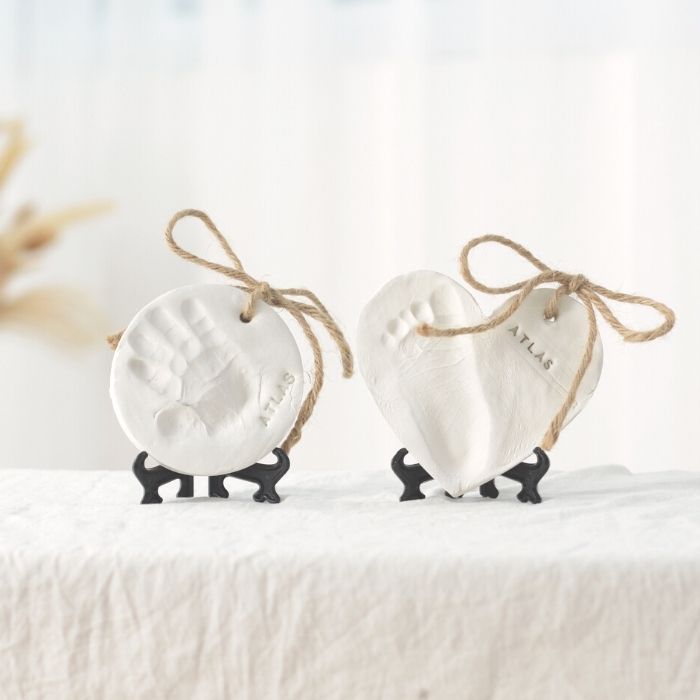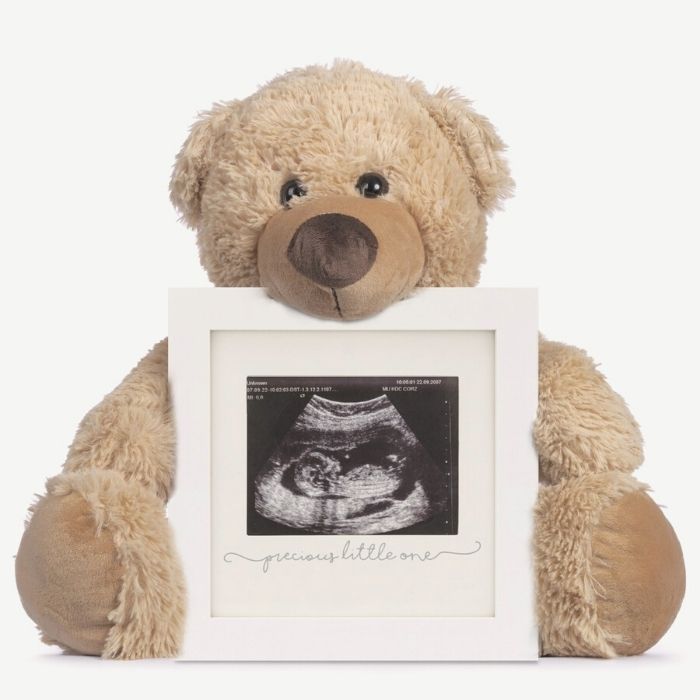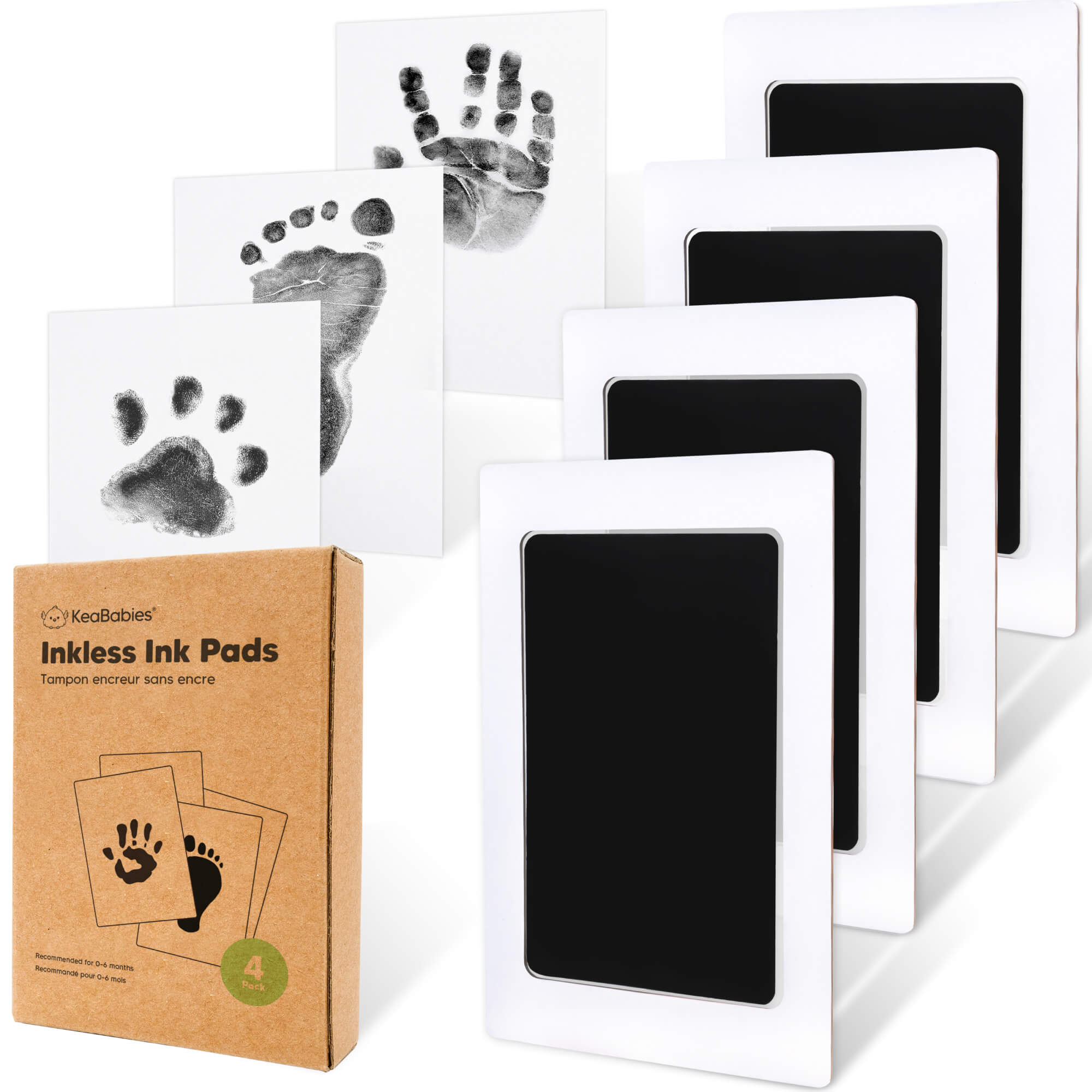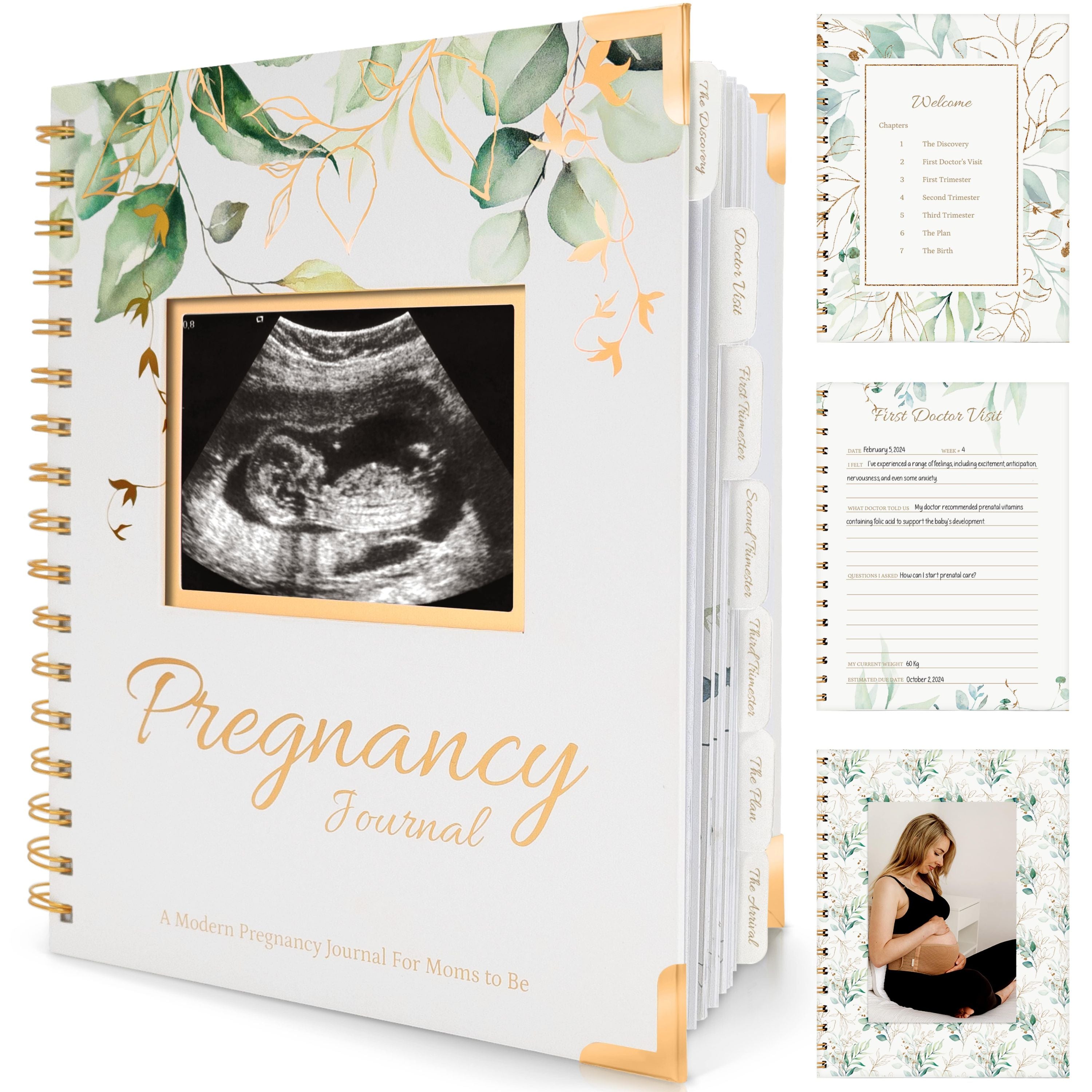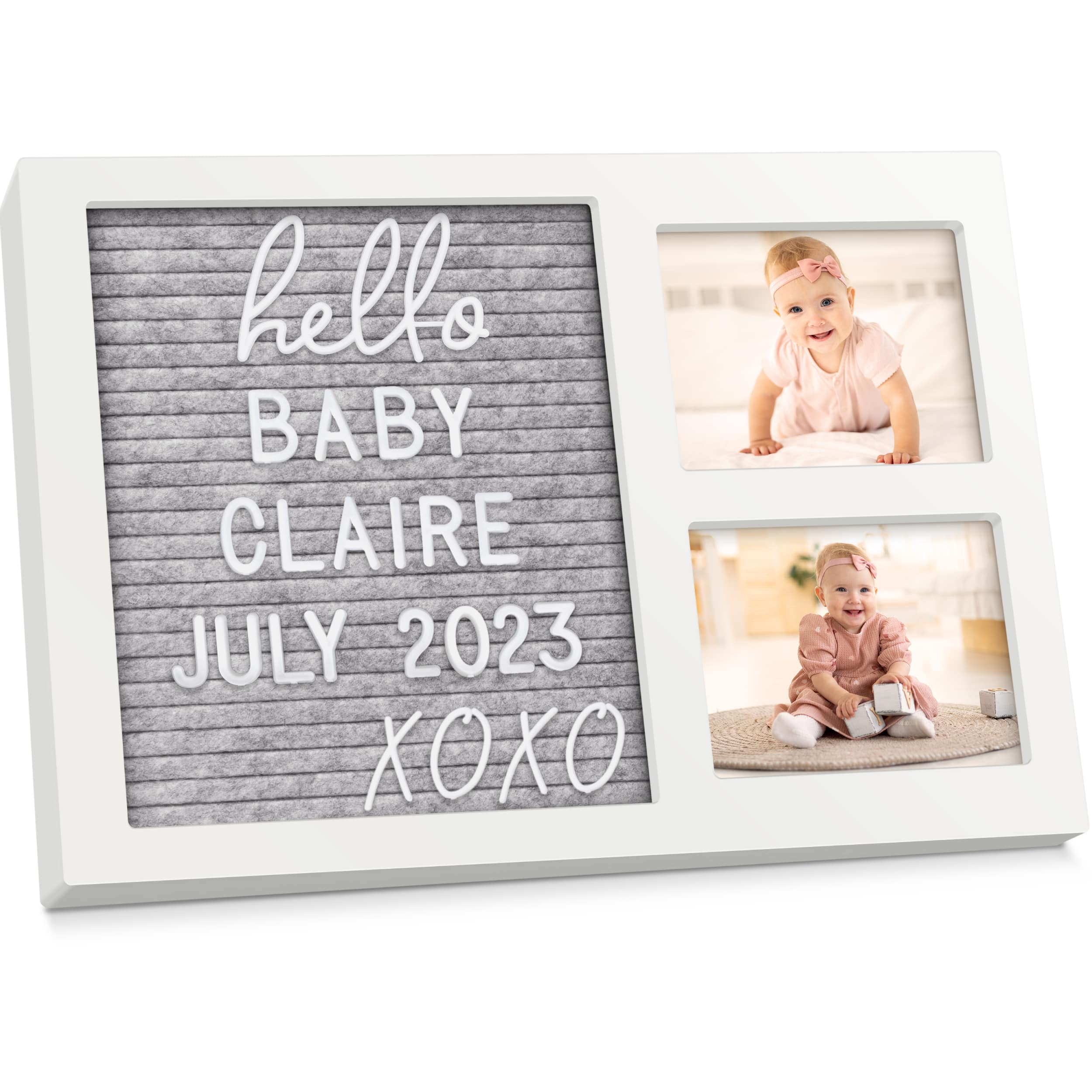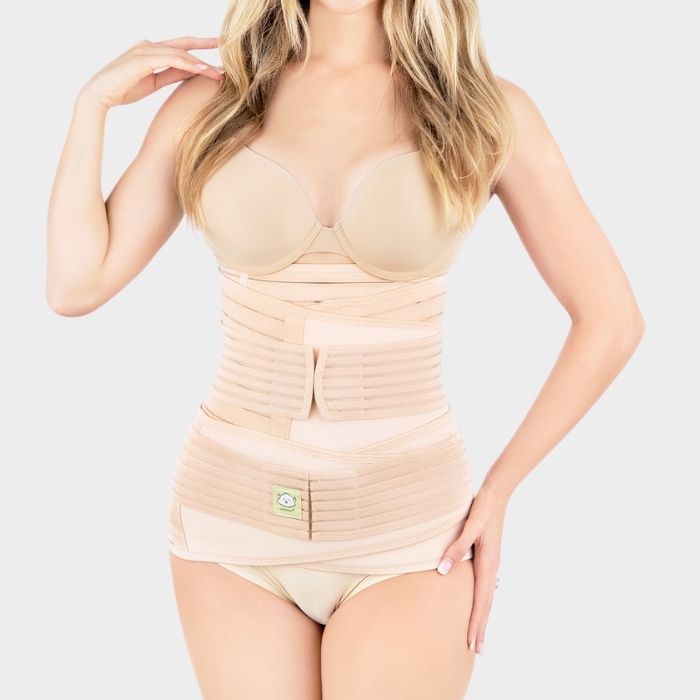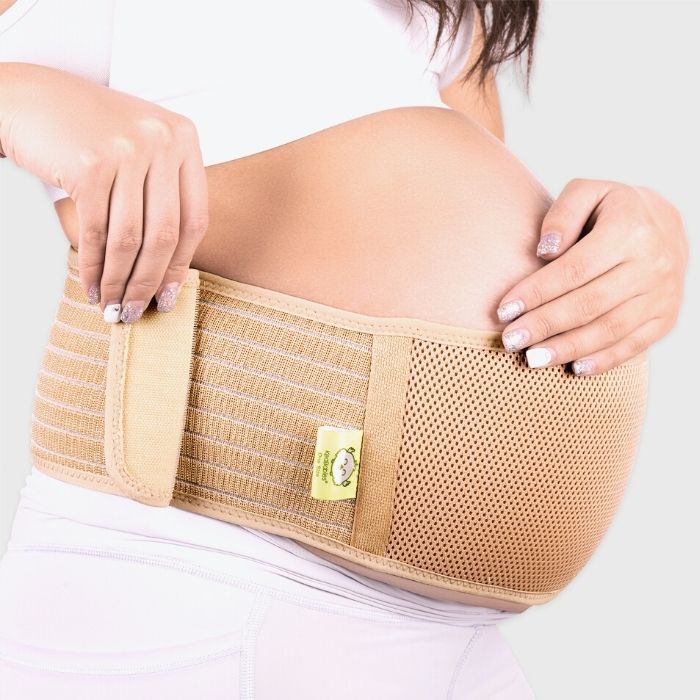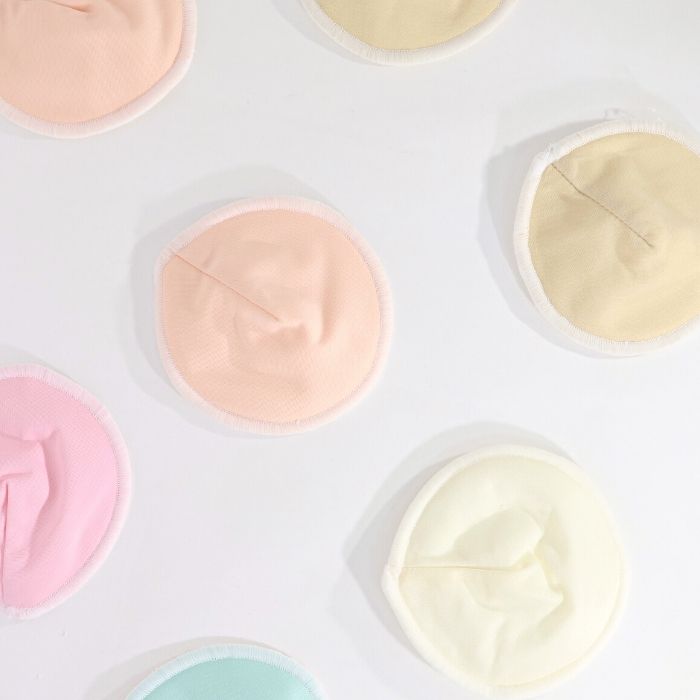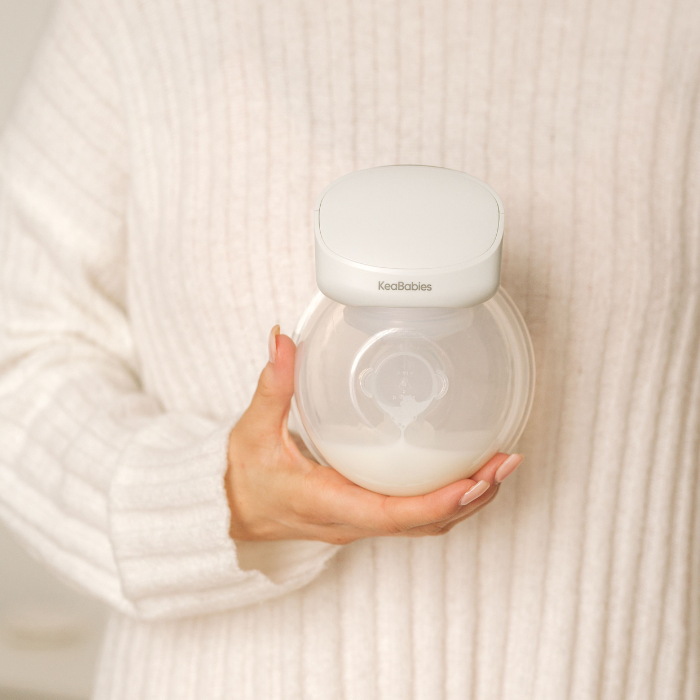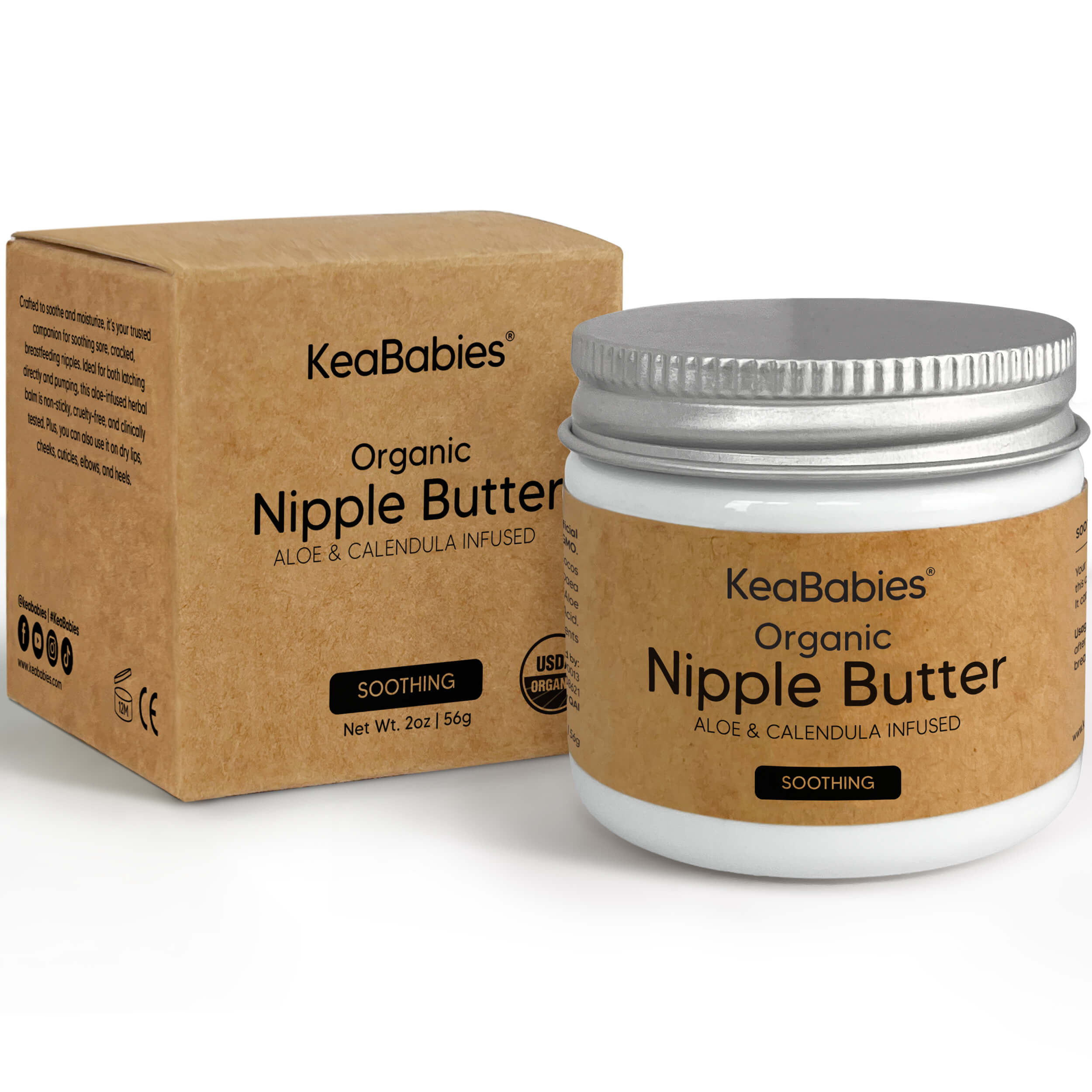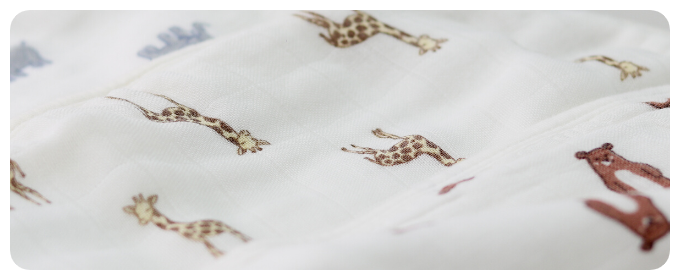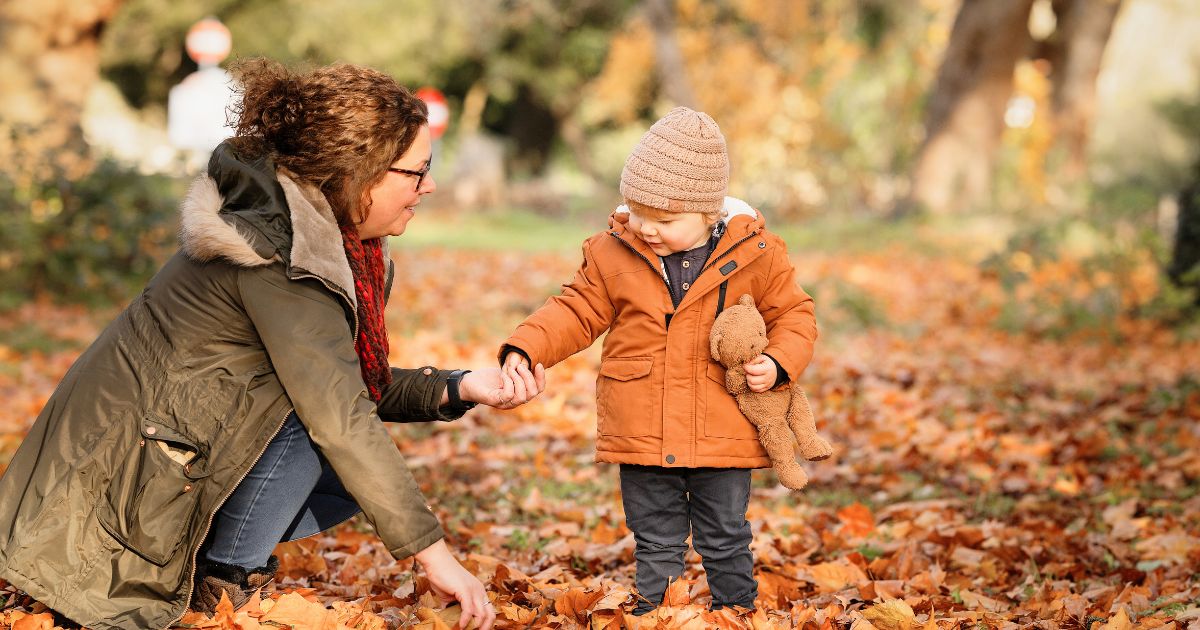
How to Dress a Baby for Fall Weather: Essential Tips for Parents
Fall weather is here, and many parents might be wondering how to dress their little angel appropriately for maximum comfort as the weather cools down. From frigid mornings to cooler nights, here are our essential tips for how to dress baby this season!
Summary
Dressing a baby for fall weather requires balancing warmth, comfort, and safety as temperatures fluctuate throughout the season. Layering is key; start with a breathable base like cotton or bamboo, add cozy middle layers, and finish with a light jacket or sweater. Choosing natural, chemical-free fabrics helps regulate your baby’s body temperature and prevents skin irritation. Parents should dress their baby in one more layer than they’d wear themselves and adjust clothing as the day changes. For outdoor activities, add hats, mittens, and soft booties to protect against the chill, and for sleep, use breathable sleep sacks instead of blankets for safety. By focusing on comfort over aesthetics and using thoughtful layering, parents can keep their little ones warm, cozy, and safe all autumn long.
Fall weather is so unpredictable, so it's important to understand how to keep baby warm during these cooler months of the year. Autumn temperatures fluctuate often, and keeping your baby at a comfortable temperature is ideal. Unlike adults, infants don't have mature body heat regulation, which is why they tend to get hotter or colder more easily than other people. The key to dressing baby for fall is with layers!
Your baby's little body needs extra warmth during cool weather, and layering is a simple way to ensure they stay cozy and warm all season long. It is also important to pay attention to breathable fabrics and additional layers of clothing. Here are some simple tips for easy layering this fall season.
Introduction to Baby Clothes for Fall
Dressing your little one for the fall season requires careful consideration for their comfort and safety - a key aspect of choosing the right baby clothes. As a new parent, it’s essential to understand how to dress your newborn baby in fall clothes that promote maximum comfort and prevent overheating.
Fall baby clothes come in so many colors, patterns, and materials, but your baby's outfits should include a mix of lightweight and breathable fabrics, such as organic cotton, to keep your baby warm and comfortable during changing weather.
When picking out baby clothes for the new season, consider the temperature fluctuations and dress your baby in layers to ensure they stay warm and comfortable.
Understanding Fall Weather
Fall weather can be unpredictable, with cold mornings and temperatures dropping significantly at night, making it crucial to dress your baby in layers. Understanding the temperature fluctuations is vital to dressing your baby comfortably and safely, especially in cold weather.
As the temperatures drop this season, it’s essential to add extra layers to your baby’s clothing to keep them warm and comfortable throughout the day.
If you are unsure how to dress baby based on the day's weather forecast, a good, simple rule of thumb is to dress your baby in one more layer than you would wear yourself, taking into account the temperature and weather conditions.
Choosing the Right Fabrics: Baby Fall Clothes That Pass the Test
Choose breathable fabrics, such as cotton, bamboo viscose, or merino wool, that allow for airflow and won’t trap heat, reducing the risk of sudden infant death syndrome. When you dress baby in multiple layers, using lightweight and breathable fabrics can help them regulate their body heat.
Avoid clothing made from harsh chemicals (PFAS, lead, chromium, formaldehyde, or flame retardants) and opt for natural fibers that are gentle on your baby’s skin, promoting healthy skin and reducing the risk of irritation. Fabrics like cotton, bamboo, and linen are safe and gentle materials for baby wear and can be layered for chilly fall days.
Consider the benefits of sleep sacks and swaddles made from breathable fabrics to keep your baby comfortable and secure during nap time and night time this fall. If you're worried about your baby being too cold even with a sleep sack, try footed pajamas or a single layer onesie under their pajamas. Do not use blankets and pillows in your baby's crib.
When choosing fabrics, prioritize comfort, safety, and breathability to ensure that your baby stays warm and comfortable during the day and when they sleep.
Dressing Your Little One: Comfort Over Cute Aesthetic
Dress your baby in comfortable, loose-fitting clothing that allows them to move easily, and won’t irritate their skin. When the weather gets a bit cooler, consider dressing your baby in layers, allowing you to adjust their clothing as needed to maintain a comfortable body temperature.
However, you'll want to avoid too many layers, as this can lead to overheating and discomfort for your little one, and instead opt for lightweight layers that can be easily added or removed. As a general rule of thumb, dress baby in one extra layer than you are wearing on any given day.
Although bulky and thick jackets can be cute for babies, be aware of the dangers of overheating. Never put a baby in a car seat in a thick jacket that interferes with their seatbelt position. Lacy, frilly dresses and skirts might look adorable on your sweet baby, but these can be scratchy and uncomfortable on your little one. Try adding tights or leggings under dresses for extra warmth and to act as a barrier against uncomfortable adornments.
Pay attention to your baby’s cues, such as fussing or sweating, to determine if they are too hot or cold, and adjust their clothing accordingly. Fluctuating temperatures can be tough on a new baby, so regularly checking their skin can be a good way to make sure your baby is safe in what they are wearing.
How To Build A Fall Outfit:
-
Start with a good base item. A lightweight onesie (short sleeve or long sleeve) or long-sleeve shirt make a great layering piece.
-
For the second part, add a pullover dress, an oversized sweater, a button-up flannel, and pants.
-
If it seems extra chilly, think accessories: some knit tights, stretchy leggings, long socks, a stretchy beanie, or soft booties.
A Few Tips:
Choose breathable fabrics that are easy to put on and take off. Pack extra clothes and accessories in the diaper bag in case the weather changes suddenly. Plan to dress your baby in one more layer compared to what you feel comfortable in.
Outdoor Activities: How To Deal With Crisp Air This Season
When taking your baby outside, dress them in layers to protect them from the elements, including wind, rain, and cold weather. Consider dressing your baby in a warm, breathable outer layer, such as a lightweight jacket, to keep them comfortable in cooler temperatures.
Don’t forget to add a hat and mittens to prevent heat loss and keep your baby’s extremities warm, reducing the risk of temperature-related health problems. When baby wearing, you can also keep their head inside the cover of a structured carrier or the straps of a wrap carrier - just be sure you can see their nose and mouth.
When you are doing family outdoor activities, prioritize your baby’s comfort and safety, and be prepared to adjust their clothing as needed as the day progresses. Bring along a light sweater or long sleeve shirt so you can easily add an additional layer to keep them warm if temperatures drop suddenly.
Sleep and Comfort: Keeping Your Baby Safe At Night
Make sure your baby’s sleep environment is comfortable and safe by maintaining a consistent temperature in the nursery, and using breathable bedding, such as a sleep sack. Do not use loose blankets and pillows in your baby's bed.
Consider the benefits of using a sleep sack or swaddle to keep your baby comfortable and secure during sleep, promoting healthy sleep habits that minimize risks. Avoid loose objects like bedding, blankets, and stuffed animals, which can pose a risk to your baby’s safety, and instead opt for a sleep sack or swaddle to keep them warm at night.
If your baby still seems cold at night, you can put a lightweight, long sleeve shirt or short sleeve onesie under their pajamas. You can also dress them in socks or footed pajamas for extra comfort.
Prioritize your baby’s comfort and safety during sleep, and be mindful of the risks associated with overheating and unsafe bedding.
Layering Tips for Modern Moms
If you're not sure where to start, follow the layering rule: start with a lightweight base layer, add a middle layer for warmth, and finish with a breathable outer layer, like a lightweight jacket or sweater.
It's important to dress baby in layers to help them maintain a comfortable body temperature and prevent overheating during this season. Don’t be afraid to remove layers if your baby becomes too warm, and prioritize their comfort and safety above all else. If you notice your baby has flushed cheeks, is sweating, or seems fussy or uncomfortable, check their outfit!
When layering, prioritize breathable fabrics and loose-fitting clothing to ensure your baby stays comfortable and secure.
Dressing A Baby For Fall: Minimizing Safety Concerns, Maximizing Comfort
Whether you have a newborn or an older infant, parents should be aware of the risks associated with overheating and take steps to prevent it, such as dressing your baby in lightweight layers and monitoring their temperature. Prioritize your baby’s comfort, but be mindful of the risks associated with loose bedding and irritating chemicals.
Consider the importance of creating a safe sleep environment, including maintaining a consistent temperature and using breathable bedding. When it comes to your baby’s safety, it’s always better to err on the side of caution and prioritize their comfort and well-being.
Pay attention to what your baby is wearing, prioritizing layers and lightweight pieces that can be added or removed easily. New parents can rest assured that no matter the weather, their little one will be stylish and comfortable all season long!
|
|
Meet Our KeaMommy Contributor: Kaitlyn Torrez I’m Kaitlyn Torrez, from the San Francisco Bay Area. I live with my husband and two children, Roman and Logan. I’m a former preschool teacher, currently enjoying being a stay at home mom. I love all things writing, coffee, and chocolate. In my free time, I enjoy reading, blogging, and working out. |

